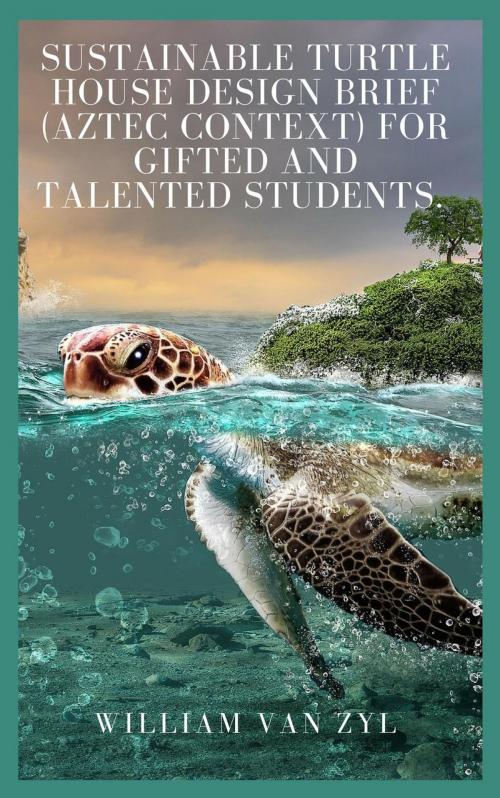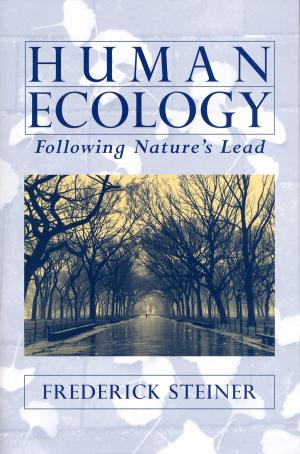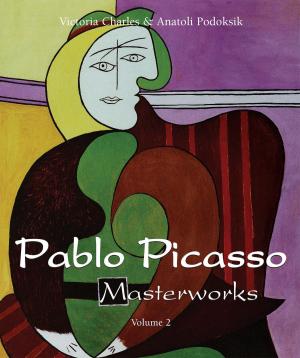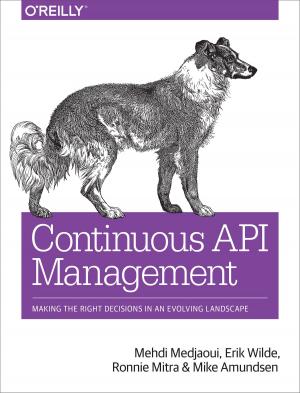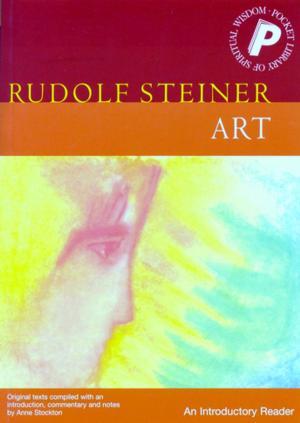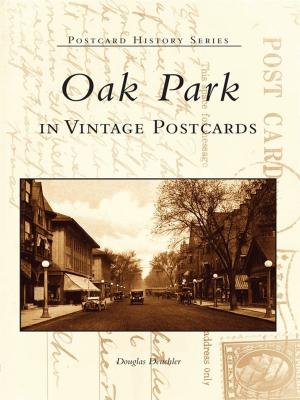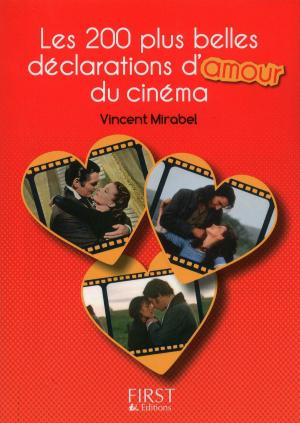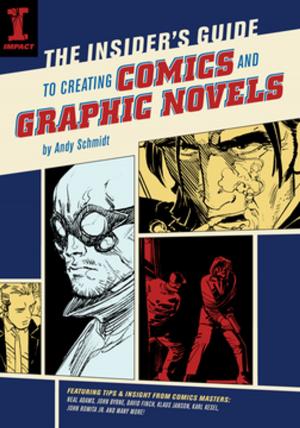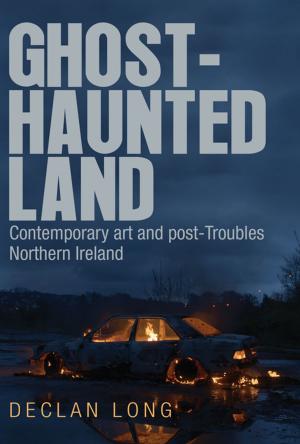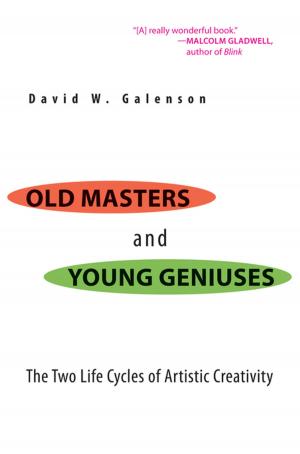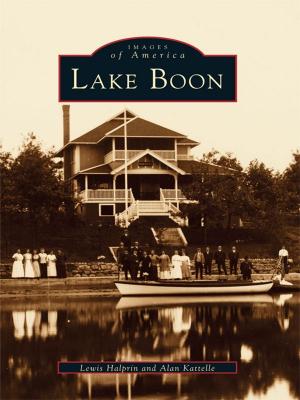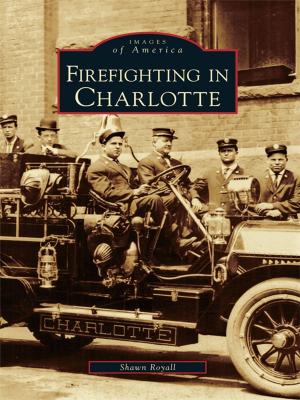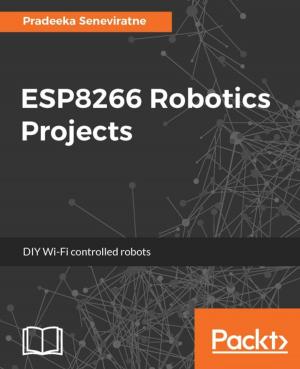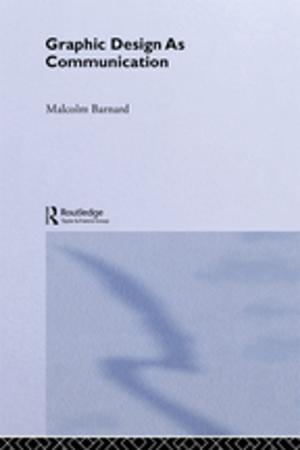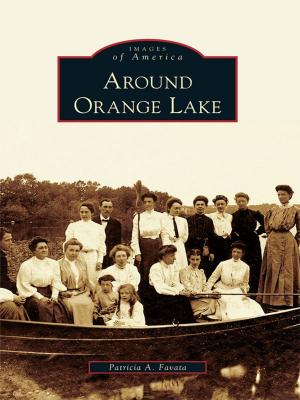Sustainable Turtle House Design Brief (Aztec context) for Gifted and Talented Students.
Nonfiction, Reference & Language, Education & Teaching, Special Education, Gifted, Science & Nature, Technology, Industrial Design, Art & Architecture, Architecture| Author: | William Van Zyl | ISBN: | 9780473452292 |
| Publisher: | Five House Publishing | Publication: | August 19, 2018 |
| Imprint: | Language: | English |
| Author: | William Van Zyl |
| ISBN: | 9780473452292 |
| Publisher: | Five House Publishing |
| Publication: | August 19, 2018 |
| Imprint: | |
| Language: | English |
THE DESIGN BRIEF: SUSTAINABLE ARCHITECTURE –TURTLE HOUSE DESIGN WITHIN AN AZTEC CULTURAL CONTEXT.
Who should read this ebook?
This book is for design teachers and their gifted and talented students. Age: 13 to 16 years of age.
Subject: Design and Visual Communication (Sustainable Architecture). Secondary School.
The author discusses a solution to a design brief 'The Sustainable Turtle House.' He focuses on developing gifted and talented students skills. He discusses aspects like the development of creativity, innovation, critical thinking and much more.
SITUATION
You are a turtle living in Mexico (South America) during the age of the Aztec civilisation. You see the Aztecs travelling every day by boat (canoe) transporting vegetables, meat, etc. on their waterways. You and your turtle family live on the banks of the large lake and swim among the Aztecs daily. Remember the Aztecs build their city (Tenochtitlan) on stilts in the water. It is the year 1521...
DESIGN BRIEF
Design a sustainable turtle house for you and your family. The structure has to house 4 x turtles in total, including your mom and dad (or caregivers). Use bio-mimetic principles to guide you (ask nature how). You have to think like a turtle. Draw on your experiences as a turtle and your research. However, you must design and construct it as a human being. In other words, 'think like a turtle and construct (design) like a human'.
What is behind the lesson/design brief that could benefit students? What are employers looking for in employees in the modern era, which we live in? To access information and knowledge are easy. Everyone can do it with the click of a button. However, the question is "what can you do with what you know"? The answer of the person being interviewed is a very important one. Think about your answer if you are in a typical interview situation. 'What can you do with what you know?'
Wagner (2012) identifies seven important areas that could be developed for students, regarding this question. How can we as teachers develop these skills of students? Wagner lists the seven important areas - that could be considered - as follows:
- Critical thinking and problem-solving (ability to ask the right questions)
- Collaboration across networks and leading by influence
- Agility and adaptability.
- Initiative and entrepreneurship
- Effective oral and written communication
- Accessing and analysing information
- Curiosity and imagination
ESSAY RELATED TO THIS BOOK:
This book is a follow up on an ESSAY by W van Zyl, which is about giftedness and talent (secondary school students). This resource includes a practical lesson (design brief) for gifted and talented students.
Essay: The Creativity Debate: Talent or Practice – What Matters More? Are schools killing creativity, and what can I do as a high school teacher in New Zealand, to enhance creativity in my own practice as a Design and Visual Communication teacher?
BOOK DETAILS: Word Count = 4154. Total of 51 pages including many images, sketches and video links.
THE DESIGN BRIEF: SUSTAINABLE ARCHITECTURE –TURTLE HOUSE DESIGN WITHIN AN AZTEC CULTURAL CONTEXT.
Who should read this ebook?
This book is for design teachers and their gifted and talented students. Age: 13 to 16 years of age.
Subject: Design and Visual Communication (Sustainable Architecture). Secondary School.
The author discusses a solution to a design brief 'The Sustainable Turtle House.' He focuses on developing gifted and talented students skills. He discusses aspects like the development of creativity, innovation, critical thinking and much more.
SITUATION
You are a turtle living in Mexico (South America) during the age of the Aztec civilisation. You see the Aztecs travelling every day by boat (canoe) transporting vegetables, meat, etc. on their waterways. You and your turtle family live on the banks of the large lake and swim among the Aztecs daily. Remember the Aztecs build their city (Tenochtitlan) on stilts in the water. It is the year 1521...
DESIGN BRIEF
Design a sustainable turtle house for you and your family. The structure has to house 4 x turtles in total, including your mom and dad (or caregivers). Use bio-mimetic principles to guide you (ask nature how). You have to think like a turtle. Draw on your experiences as a turtle and your research. However, you must design and construct it as a human being. In other words, 'think like a turtle and construct (design) like a human'.
What is behind the lesson/design brief that could benefit students? What are employers looking for in employees in the modern era, which we live in? To access information and knowledge are easy. Everyone can do it with the click of a button. However, the question is "what can you do with what you know"? The answer of the person being interviewed is a very important one. Think about your answer if you are in a typical interview situation. 'What can you do with what you know?'
Wagner (2012) identifies seven important areas that could be developed for students, regarding this question. How can we as teachers develop these skills of students? Wagner lists the seven important areas - that could be considered - as follows:
- Critical thinking and problem-solving (ability to ask the right questions)
- Collaboration across networks and leading by influence
- Agility and adaptability.
- Initiative and entrepreneurship
- Effective oral and written communication
- Accessing and analysing information
- Curiosity and imagination
ESSAY RELATED TO THIS BOOK:
This book is a follow up on an ESSAY by W van Zyl, which is about giftedness and talent (secondary school students). This resource includes a practical lesson (design brief) for gifted and talented students.
Essay: The Creativity Debate: Talent or Practice – What Matters More? Are schools killing creativity, and what can I do as a high school teacher in New Zealand, to enhance creativity in my own practice as a Design and Visual Communication teacher?
BOOK DETAILS: Word Count = 4154. Total of 51 pages including many images, sketches and video links.
